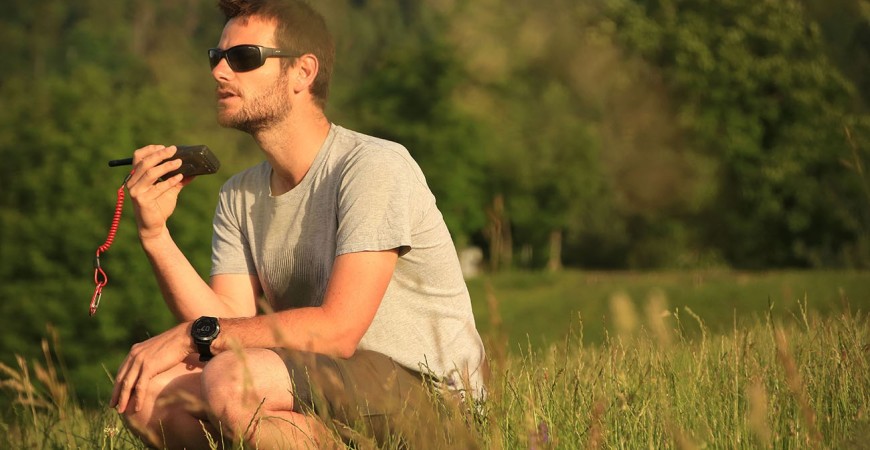PARAGLIDING RADIOS. FREQUENCIES, DUAL-BAND, KENWOOD, ICOM.... THE GUIDE TO UNDERSTANDING EVERYTHING
This is surely one of the most opaque chapters for paragliding and paramotoring enthusiasts. Over the course of this article, we're going to cover the main points that need to be raised so that you can understand how a paragliding radio works and what a paraglider needs. VHF/UHF, function, dual-band etc... We're going to go into as much detail as we can about the important points (pmr 446, FFVL frequency, Icom Kenwood, crt, etc...), while some things will be the subject of slightly more detailed articles later on in this blog.
HOW DO YOU COMMUNICATE IN PARAGLIDING?
It's quite simple... As with any discipline, there are a whole host of ways to communicate. But why is radio so important in paragliding? Because it has undeniable advantages: it's easy to use in the air, and the loudspeaker generates a sound that's loud enough to be heard. But also a range that can easily exceed several dozen kilometers. In a nutshell. Most paragliders own one and go flying with it.
WHY USE A RADIO WHEN PARAGLIDING?
Radio waves are used to transmit an incalculable amount of data and/or information within today's system. For us paragliders, they enable us to do several things:
- Give and receive instructions between instructors and students
- Chat with friends and rescuers during flights
- Receive information from weather beacons
- In the event of problems or accidents, they can be used to communicate your position in places where the telephone and GPS networks don't work.
As you can see, for pilot, the vast majority of radios are used for communication and information, and remain an additional safety tool in case of need.

WHAT DOES VHF/UHF RADIO MEAN?
These terms used to designate the frequency of the radio may seem barbaric to you, but here are the things you need to know for paragliding:
What is a radio wave?
A radio wave is an electro-magnetic signal which travels at the speed of light, but attenuates rapidly with distance. It can easily be altered by landforms or objects (trees, mountains, etc.). It is this wave that will carry our message.
Wave frequency
For a scientist, the frequency of a wave corresponds to the number of periods per unit of time. For the paraglider, it's the number that must appear on the radio and that of the person with whom he wants to chat if both are to be sure of being able to speak to each other.
However, it's not uninteresting to know that it's precisely this frequency that will determine whether your radio is UHF or VHF.
VHF: Very High Frequency (136 - 174 MHz)
UHF: Ultra High Frequency (400-470 MHz)
On a purely hardware level, VHF and UHF sets are very similar. In fact, it's not uncommon to have a set that transmits on both types of frequency (this is what we call dual-band radios). Above all, it's the type of use you're going to make of the radio that determines which type of transmission you're going to use.
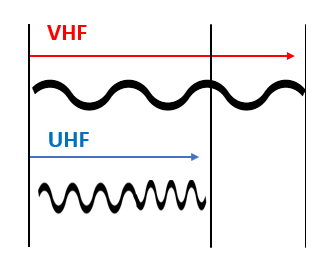
What type of paragliding radios are there?
Paragliding radios are radios that generally transmit and receive on VHF. In fact, this type of radio is better suited to outdoor environments, since it can transmit over longer distances, while putting slightly less strain on the battery. However, their weak point is that messages can quickly be altered by obstacles (trees, buildings, relief...).
WHICH PARAGLIDING RADIO FREQUENCIES DO I NEED TO KNOW ABOUT?
Radio transmissions are a very sensitive subject for paragliders. The AFNR and ARCEP have made the FFVL aware of this issue, to ensure that we, as paragliders, do not abuse the use of radio waves. So here are the points you need to know to use the radio in the right way:
1. Authorized paragliding frequencies
|
BAND |
TYPES |
ZONE |
USE |
PROHIBITION |
NOTE |
|
• 143.9875 MHz |
VHF |
Metropolitan France and Overseas |
Weather beacons Distress signal Rescue management |
School/teaching use |
|
|
• 154.150 MHz |
VHF |
Departments : 04-05-06-11-26-38-63- 64-68-73-74 |
Free Communication |
Free flight use School/teaching use |
Open CTCSS recommended to avoid interfering between groups |
|
• Fréquences libre PMR446 |
UHF |
Europe |
Free |
All Clear |
16 pre-recorded channels. Limited range Risk of interference |
2. Renting a radio frequency
It's perfectly possible for hang-gliding enthusiasts to rent a radio frequency from ARCEP, which will allocate a frequency according to your needs.
Who can rent a frequency?
A club, a school, you, anyone can use this simplified form to request the allocation of a frequency for a period of 1 year.
Why rent a frequency?
There are many advantages:
Exclusive use of the frequency
No more risk of illicit use of the frequencies concerned. No more penalties
Types of frequency rental
- Rental around a fixed point within a radius of X kilometers (2.5km / 2.5 to 5 km / 5 to 16 km)
- Nomadic rental, enabling the frequency to be used in several départements
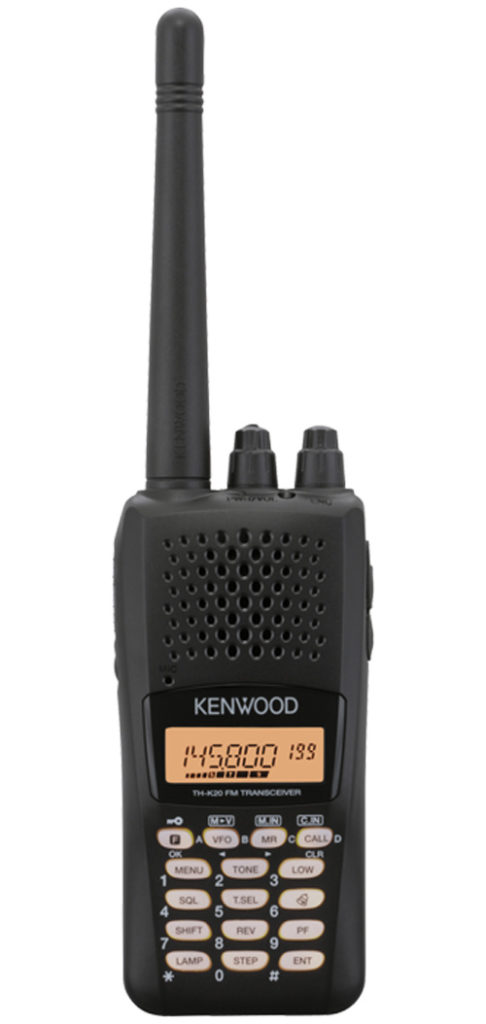
CONCLUSION
As you'll have understood, the reason we've placed so much emphasis on radio use in this article is that, just like respecting the airspace, if we don't take responsibility for the way we communicate over the airwaves, paragliding could be subject to usage restrictions that could hamper the practice of flying.
For more information, please find below a more complete and useful link on the subject:
WHAT IS A BRIDGED AND UNBRIDGED PARAGLIDING RADIO?
In France, you can only legally buy radios that are bridged between the frequencies 144 and 146 MHz. But only with these radios is it impossible to reach the frequencies used in paragliding. In fact, you'll need to be able to unjam your radios unless your dealer sells them unjammed.
Debriding a radio simply means opening the radio's operating range from 136 MHz to 174 MHz.
HOW TO CHOOSE THE RIGHT PARAGLIDING RADIO?
The battery
Battery capacity is a criterion for judging how long a battery will last. Expressed in mAh, the larger the capacity, the longer the battery will last. Average value 1100 mAh
Transmitting power
Expressed in Watts (W). The higher this value, the more powerfully the radio will transmit. As a general rule, power is 4 or 5 Watts.
The radio
Prices range from 40 to 160 euros for simple radios. However, this price difference is quickly justified by the quality of the products. Without neglecting your budgetary constraints, you should bear in mind that a Kenwood or Icom radio will have a much longer overall life than a small Chinese Baofeng radio. The difference lies in the components used and the materials used for the shells. The quality of after-sales service is also a criterion to be taken into account. Some radio manufacturers find it difficult to provide quality after-sales service.

RADIO AND ACCESSORY COMPATIBILITY
As with any electronic equipment that can be connected to accessories, paragliding radios need to be compatible with each other.
So here's what you need to check before buying a Kenwood or CRT remote microphone, for example, or an Icom headset for your Baofeng radio (the brands mentioned are simply examples):
Typical connectors for paragliding radios
There are two types of connector: the standard connector (type S) and the connector we'll call Kenwood (type K). The two look exactly alike, but there's a very real physical difference. There's a difference of a few millimeters between the two pins, depending on whether the connector is K-type or standard.
In most cases, if the connector is the same between your radio and your accessory, then there will be compatibility. Even if the radio is one brand, and the accessory another.
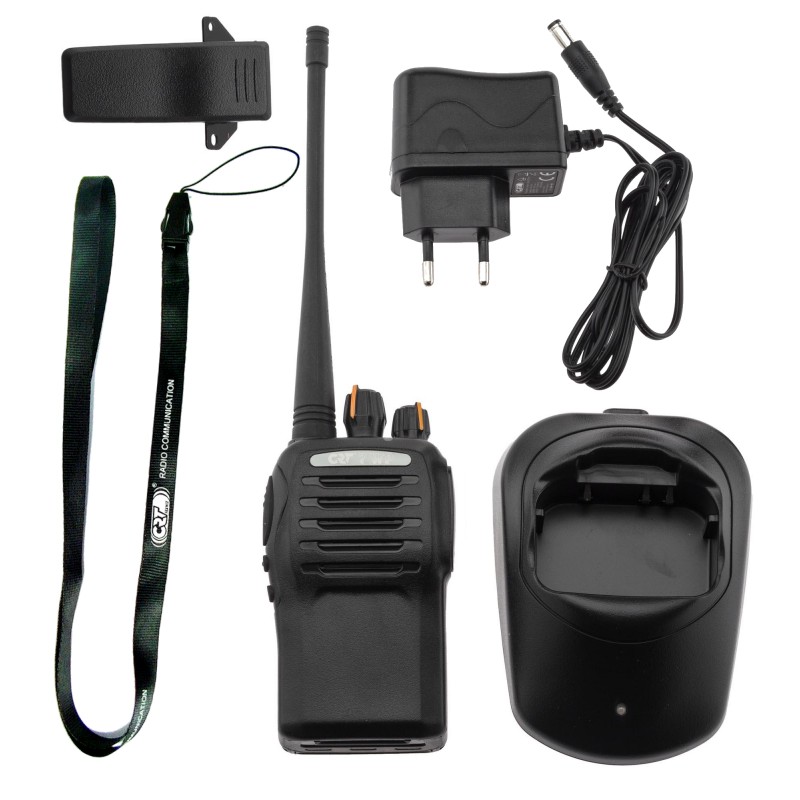
Connectors for the main radio brands
Brand :
Icom
Connectors :
Type S
Main models for free flight :
ICV80 ; ICV85
Brand :
Kenwood
Connectors :
Type K
Main models for free flight :
TH-22E ; TH-K2E ; TH-K20E
Brand :
CRT
Connectors :
Type K
Main models for free flight :
CRT FP00 ; CRT 1FP ; CRT 2FP ; CRT 7WP ; CRT 3DB ; CRT P2E ; CRT P2N ; CRT P7E ; CRT 7WP ; CRT 8WP
BRAND |
Connectors |
Main models for free flight |
|
Icom |
Type S |
ICV80 – ICV85 |
|
Kenwood |
Type K |
TH-22E - TH-K2E – TH-K20E |
|
CRT |
Type K |
CRT FP00 - CRT 1FP - CRT 2FP - CRT 7WP - CRT 3DB - CRT P2E - CRT P2N - CRT P7E – CRT 7WP – CRT 8WP |
BENT / STRAIGHT EXIT
We paragliders need an angled exit, so much so that it's almost a thing of the past.
Nevertheless, depending on the situation in which your radio is used, it may not be the most suitable exit. So here are the two types of exit available for your accessories:
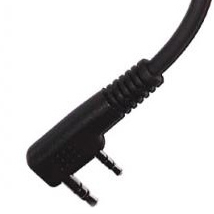
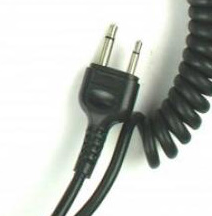
THE MAIN FUNCTIONS OF RADIOS USEFUL FOR PARAGLIDING
Whether it's setting up the radio, accessing a frequency, or facilitating communication, you'll find a multitude of functions to make communication easier in flight.
Here's a list of the main features you're likely to come across on your radio, along with their explanations and the names commonly found in radio menus:
FREQUENCY STEP
Function:
Allows you to reach the desired radio frequency. If your frequency step is set to 12.5, you'll be able to reach all frequencies ending in a multiple of this frequency step.
Example: Backup frequency 143.9875 - 9875/12.5 = 790, so the frequency will be reachable.
If the radio's frequency step is 50, 9875/50 = 197.5 is not an integer, so we won't be able to pick up the frequency with this step.
THE VOX
Function:
Allows you to trigger the radio by voice, without having to press the PTT button.
This can be a nuisance, especially if the radio's microphone is exposed to relative wind. Indeed, the relative wind can create a parasitic noise that causes the radio to be triggered permanently. A baby sock over the remote microphone can prevent this.
COMMON NAME: VOX
THE SQUELCH
Function:
Limits the amount of interference received by your post. Generally adjustable on a scale of 1 to 5 (1 being the setting that lets the most interference through), it prevents the radio from triggering if the signal strength is too weak. The higher the squelch setting, the stronger the signal received by the radio will have to be for it to trigger.
COMMON NAME: SQUELCH - SQL
The CTCCSS
Function:
The CTCSS code is a radio differentiation mode using a continuous tone code. In simple terms, when you program CTCSS on your radio, it will also emit an inaudible tone when transmitting. If other radios are on the frequency, then only those programmed with this tone will trigger and receive the message
COMMON NAME: CTCSS
THE BIP
Function:
Removes noise from the radio. Very useful if you don't want to hear your radio making noise with every action you perform.
LOCK
Function:
Locks the radio buttons. Very useful for preventing unwanted frequency changes.
COMMON NAME: LOCK
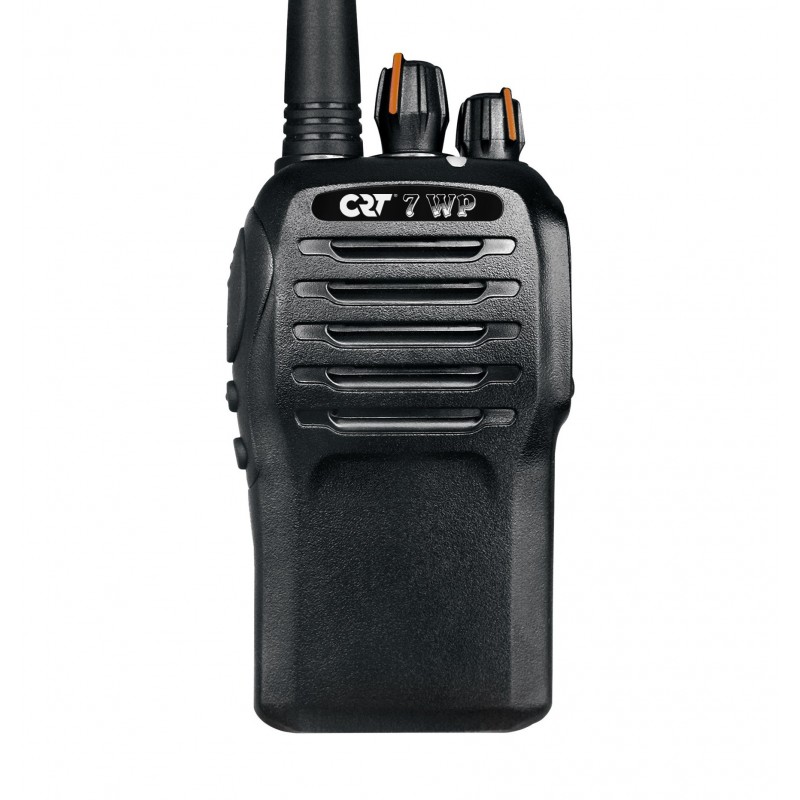
THE AUTOPOWER OFF
Function:
APO (for AutoPowerOff) is a feature of the kenwood THK20 radio, and is activated as standard. As a result, the radio switches off automatically after a preset time. This can be particularly annoying when you're a student and the radio cuts itself off in mid-air.
COMMON NAME: APO (Menu 5 THK20E)
Priority frequency scan
This function is better known to paragliders as a bi-band.
Function:
Allows you to give a listening frequency priority over the initial frequency. Some radios have a display with 2 frequencies superimposed. Generally, the lower frequency is given priority over the upper one. This means the following:
- The frequency displayed at the top of the screen is the frequency on which you are listening and transmitting (with a group of friends, for example).
- The frequency displayed at the bottom of the screen is the priority frequency for listening. This means that when someone/something transmits on this frequency, your radio will automatically switch to this frequency for the duration of the message/reception. At the end of the reception, your radio will switch back to the frequency above.

Now you know a little more about paragliding radios. It's one of those essential tools for paragliding. In particular, it enables pilots to communicate with each other. It is also the indispensable link between the instructor and the student during the first supervised flights. Choosing the right radio depends on a number of key criteria, depending on its intended use. These include battery type and transmitting power. If you'd like to buy one, Air et aventure offers a wide range of radios, which you can discover in our online store.

